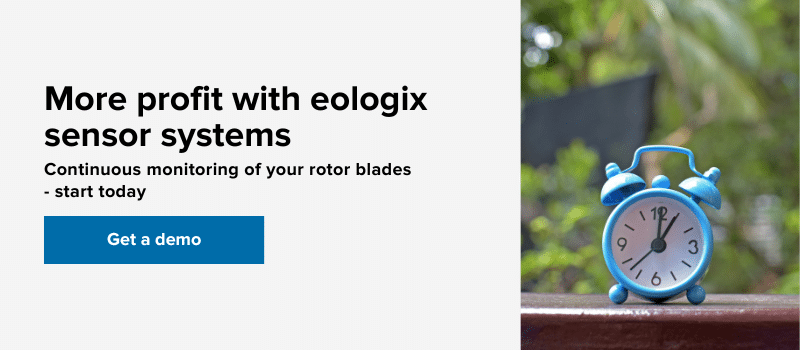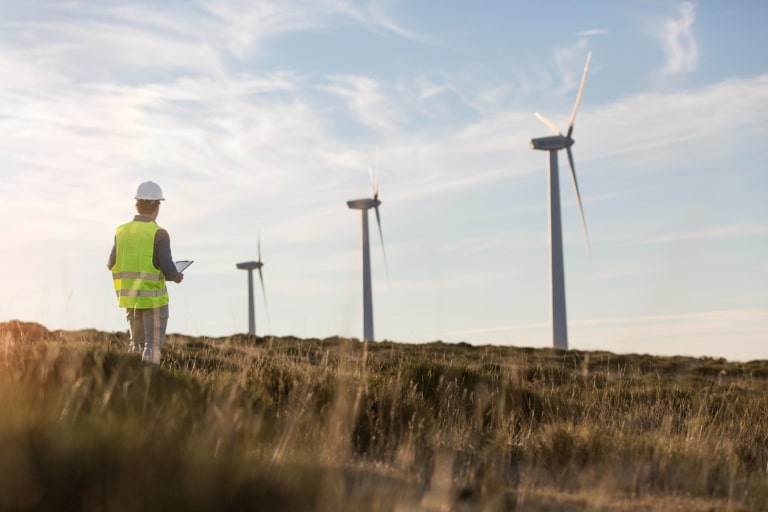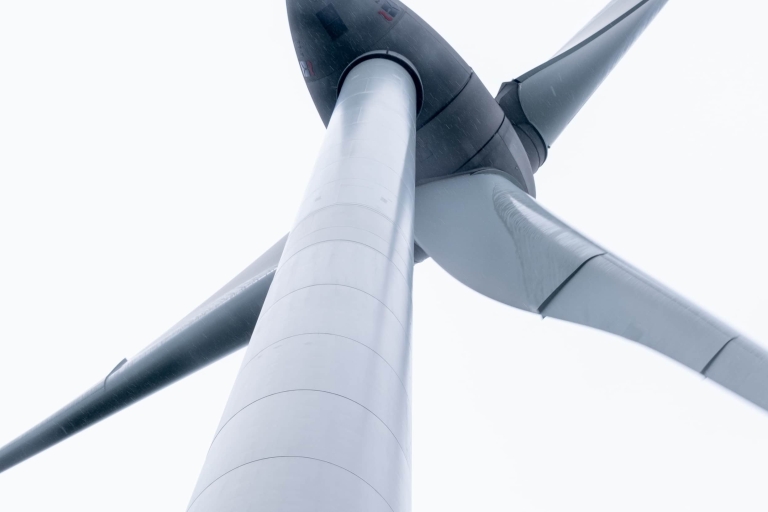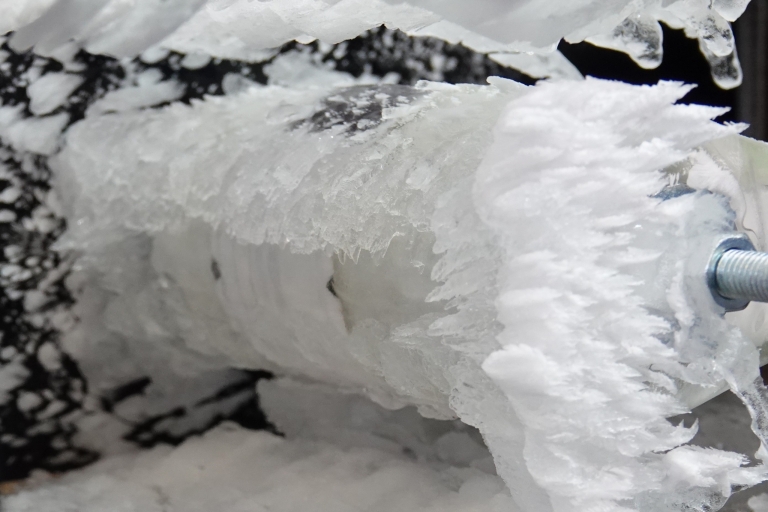TECHNOLOGy | 9 MIN TO READ
Imbalances on wind turbines: Causes, effects and solutions
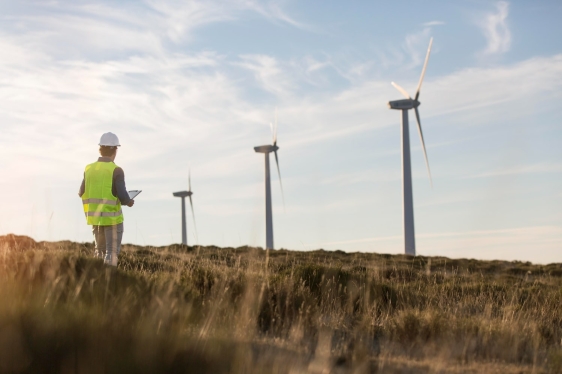
To ensure efficient and reliable power generation by wind turbines, they must be regularly maintained and inspected. This should also ensure that any imbalances that may exist are detected promptly and corrected in a targeted manner.
Basically, two types of imbalances can be distinguished, which are based on different causes and require different approaches for elimination:
- Mass imbalance and
- Aerodynamic imbalance
Since both types of imbalance can occur separately or in combination in wind turbines, it is advisable to first identify the cause(s) of the imbalance.
In order to avoid misdiagnosis or, in the worst case, even to increase vibration and loads by wrong recommendations, the following procedure has proven itself in practice:
First, the system is checked for any blade angle deviations between the blades. If specified limit values are exceeded, these are corrected.
This is followed by a check for any mass imbalance of the rotor. If previously defined limit values are exceeded, this is corrected by introducing correction masses.
Types of imbalance
Mass imbalance - uneven distribution of the rotor mass
Mass imbalance occurs when the mass of a rotating body is not evenly distributed around the center of gravity. This results in uneven forces during rotation, which can lead to vibrations and oscillations. The forces acting in mass imbalance are usually centrifugal forces and inertial forces.
Read more about eologix:align for continuous measurement of the pitch angles of your plant here.
Aerodynamic imbalance - deviation of the aerodynamic properties of the blades
Aerodynamic imbalance, on the other hand, occurs when the aerodynamics of the rotor blades are uneven, resulting in forces that can throw the rotor out of balance.
To calculate aerodynamic imbalance, various factors must be taken into account, such as wind speed and direction, the number of rotor blades, the shape and size of the rotor blades, and the geometric arrangement of the rotor blades.
Causes of rotor imbalances
Imbalances have a variety of causes. A few possible causes of mass imbalance and aerodynamic imbalance are listed below.
Mass imbalance
Mass imbalance is essentially caused by unequal distribution of the masses in the three rotor blades. The different mass distributions are caused, among other things, by:
- Errors in the manufacture of the rotor blades
- Major blade repairs or the replacement of a single rotor blade
- Clogged drain holes for condensate or infiltrated liquid (e.g. rain water)
- Uneven mass distribution in the rotor blades due to incorrect balancing
- Ice accumulation
Aerodynamic imbalance
Aerodynamic imbalances are caused by, among other things:
- Different blade pitch angles (blade angle errors)
- Assembly and/or manufacturing errors
- Changes in the rotor blade geometry due to poorly executed repairs
- Changes in the profile characteristics of the rotor blade
- Ice accumulation
It is important to note that mass and aerodynamic imbalances have different causes and therefore require different methods to correct.
Mass imbalance requires realigning the center of gravity of the rotor components to bring it back into proper balance. Aerodynamic imbalances, on the other hand, require a check of the blade angle differences and possibly a repair of the rotor blades or other rotor or even pitch system components.
Effects of imbalances
Imbalances can have a significant impact on wind turbine operators. If imbalances are not detected and corrected, this can have a massive impact on the service life and energy yield of the wind turbine. The following effects can result:
It is therefore important for wind turbine operators to detect imbalances at an early stage through continuous monitoring and to correct them. In combination with regular inspections of the rotor, this ensures the safety, performance and service life of their turbines.
Detect and correct imbalance at an early stage
In order to maximize the efficiency and service life of a wind turbine, it is important to carry out inspection, correction and repair work in a targeted manner.
Continuous monitoring with sensors attached to the rotor and nacelle provides the opportunity to detect imbalances at an early stage and to carry out an initial differentiation according to the causes of imbalance.

